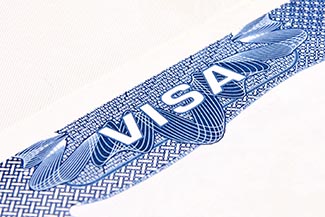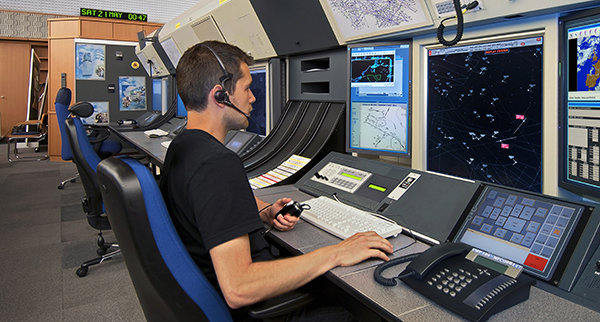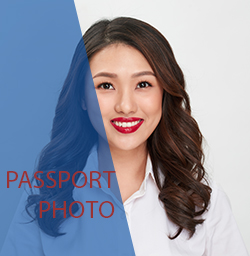Having a child of your own and raising one is among the greatest gifts life has to offer. It gives every parent the chance to see something grow and shape into a smart, talented, and responsible person. Those values mostly come from yourself, so make sure that you have all your legal documents and responsibilities to show your child how reliable you are.
During Pregnancy
During your pregnancy (if that is your case), you anticipate that everything will go smoothly. Unfortunately, that is not always the case, and having complications is something some women have to face. If you are employed and pregnant, don’t think right away that you become incapable of working.
Employees are required to treat pregnancy as a temporary disability, which means that while you are still paid and capable of doing work, it might not be what you were doing initially. For instance, if you were working on a construction site and are now pregnant, you will have to be reassigned to a job that requires less labor.
This might affect your pay depending on the companies policy. Make sure you check with your insurance company to see how you can be compensated for the duration of your pregnancy.
After Pregnancy
Once you have had your child and plan on taking maternity leave, always make sure to check with your employer and state to see how much time you have to stay at home with your child. This applies for the father as well as proving a biological relationship can guarantee you both up to 12 weeks of leave.
Although you may be granted this leave, you might not be paid during your time away from your company depending on their policy. Often, this creates a problematic situation in which a person has to juggle raising a child and being able to provide for the child. If you apply for a disability during your maternity or paternity leave, you may be compensated for the time you were not working.
Raising a Child
Planning and anticipation are one of the essential factors in being a good parent. But even with proper planning, sometimes your financial situation does not allow you to provide your child with certain benefits. Thinking ahead and balancing your spendings will give your child the best chance to be a happy, well-raised child.
Insurance
If your employer provides a benefits program, make sure you know everything about it so you can add your child to the program. The costs of actually raising a child can be costly, so it is crucial to get all the help you can from the insurance companies.
In addition to getting money from your insurance, you can also get federally granted money. Federal grant money is available to low-income families who have the cheapest insurance or none at all. Often, the state makes sure that you and your child have enough money to make it through each month without having to struggle.
Child Diet
A child’s diet as they are growing is crucial to the health of the child for the rest of their life. By having access to healthy food and an overall nutritional diet, the child will feel better and live better.
Part of a child’s diet includes breastfeeding, a topic that is met with controversy. Having to travel with a baby will also require the child to be breastfed, and finding the right place to do it can be achieved with difficulty and resistance.
Many mothers put milk in a baby bottle or use baby formula, both of which are workable options when raising a child. If you are using baby formula, the prices can be overbearing so be sure to check if any state programs can cover the expenses.
Inheritance and Will Writing
Eventually, most of us plan to pass down what we have to our children. Parents often write a will and inheritance plan right when the child is born to be as safe as possible for the sake of the child. Even though eventual death is not something people want to think about when having a child, being financially secure and smart for your child’s sake can be crucial in the long run.
Often when an inheritance comes into play, everyone wants a piece of what you have, so make sure to write a will and plan out what to give to who.
















